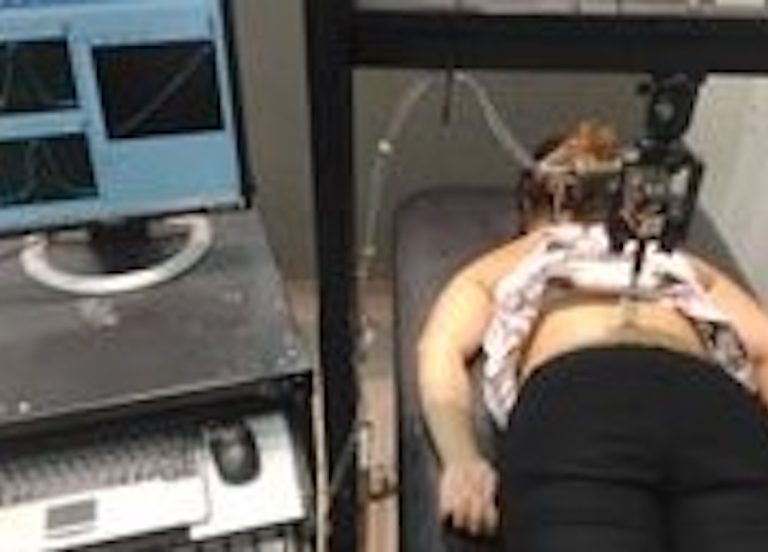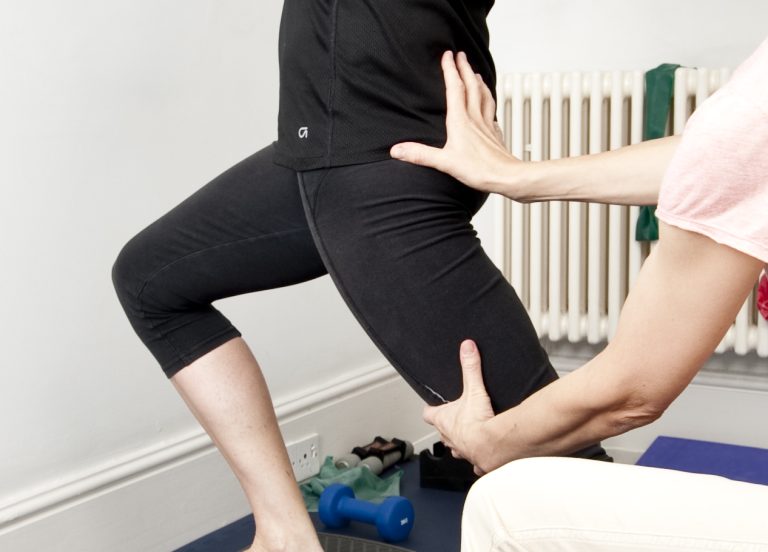Muscle Stiffness – Part II: Expectation Violation
In part I of this post I talked about how a recent research paper suggested that persistent muscle stiffness – like persistent pain – could be due to a perceptual error: the nervous system has become oversensitive – the threat of damage has passed but it is still on high alert, and therefore we perceive pain or stiffness.
To be clear, we are not talking about stiffness that is there for a reason – disc prolapse, muscle sprain or tendon overload – but persistent stiffness or pain that has exceeded its need in terms of any potential or real damage. I’m going to use pain and stiffness interchangeably, because the same applies to both of them.
There are various ways to come at persistent pain: distraction techniques, relaxation techniques, looking at sleep health, making modifications to the way we go about daily activities, and so on. But there is another powerful approach we can take to correct perceptual error, and to understand how that works we need to understand a little about how the brain works. Don’t worry, I’ll keep this simple with an analogy.
Early ideas of brain function were squarely based on a computer analogy: the brain was an input-output device that moved sensory information through different processing stages until reaching an end point. In this model visual perception would start with data received by the eyes that is then interpreted in the visual centre at the back of the brain resulting in an image. But we know that the wiring does not run from A to B to C: there are feedback loops from C to B, C to A, and B to A. Throughout the brain there is as much feedback as feedforward – a feature of the brain colloquially called loopiness.
What is the advantage of a loopy brain? It permits us to do better than a stimulus-response behaviour system would allow, and instead confers the ability to make predictions ahead of actual sensory input.
Consider the act of catching a ball. If our nervous system worked in an ABC fashion, there would be a delay of hundreds of milliseconds between the light reaching your retina and the motor command being sent to catch the ball, and we would constantly reach for where the ball used to be. We are able to catch balls only because we have deeply hardwired internal models of physics.
This is a specific example of internal models of the outside world. The brain predicts what will happen if you were to perform some action under specific conditions.
But we know that internal models also underlie conscious perception. The brain matches expectations to incoming sensory data to give rise to perception. When we suffer pain for a long period of time, pain itself becomes hardwired. When we bend forward to pick something up, consciously and unconsciously we have an expectation of pain and so that is what we experience.
So how can we change the internal model that feeds into our perception of pain or stiffness?
Let’s take the example of driving a car. We generally drive without giving any conscious thought to how we do it. We have an internal model of motor commands that combines with incoming sensory information so that although you are conscious of driving, you’re conscious neither of the movements nor of the sensations of driving unless something changes – like a strong wind or a flat tyre. When these new situations cause your normal expectations to be violated, consciousness comes online and your internal model adjusts.
Only when our expectations are violated and our predictions prove wrong can we access our internal model and have it adjust. Expectation violation is used in treating mental health issues – phobias in particular – and is key in changing our internal predictive models.
How can we make use of expectation violation in relation to persistent pain or stiffness? In a nutshell, it involves doing the thing that is painful, or something close to it, usually against resistance (which we know affords a degree of inhibition of pain), pushing through some initial sensations of pain or stiffness – the patient acknowledging (perhaps with some surprise) that their pain or stiffness is no worse, or is diminishing with repetition – then gradually increasing the intensity with which the action or movement is performed.
So if forward bending is a painful movement (that will generally therefore be avoided), I might have someone bend at the hips and knees (straight back) with a weight in each hand and gradually tweak the movement towards a forward bend. I do this a fair bit with any patient with low back pain for the related by slightly different purpose of building a sense of confidence in their ability to move.
That may sound straightforward, but when pain is persistent it is far from a simple. I should add that using resistance work in this way is just one of many interventions that might be in play. There is also much to consider, the most important being that pushing into pain can have the opposite effect of sensitising (flaring-up) the area further. That sounds like a contradiction, and there is a fine line that one walks between the two possibilities, and one has to be ready to back off or change tack if any increase in pain doesn’t settle quickly (in a day or so). It would be unusual if the road to recovery were a smooth one; expect it to be gradual, with setbacks along the way.
Eric Meira (aka the Science PT) writes about Load and Expectation Violation – in somewhat more colourful style – here, and again here in Hunting Pain






